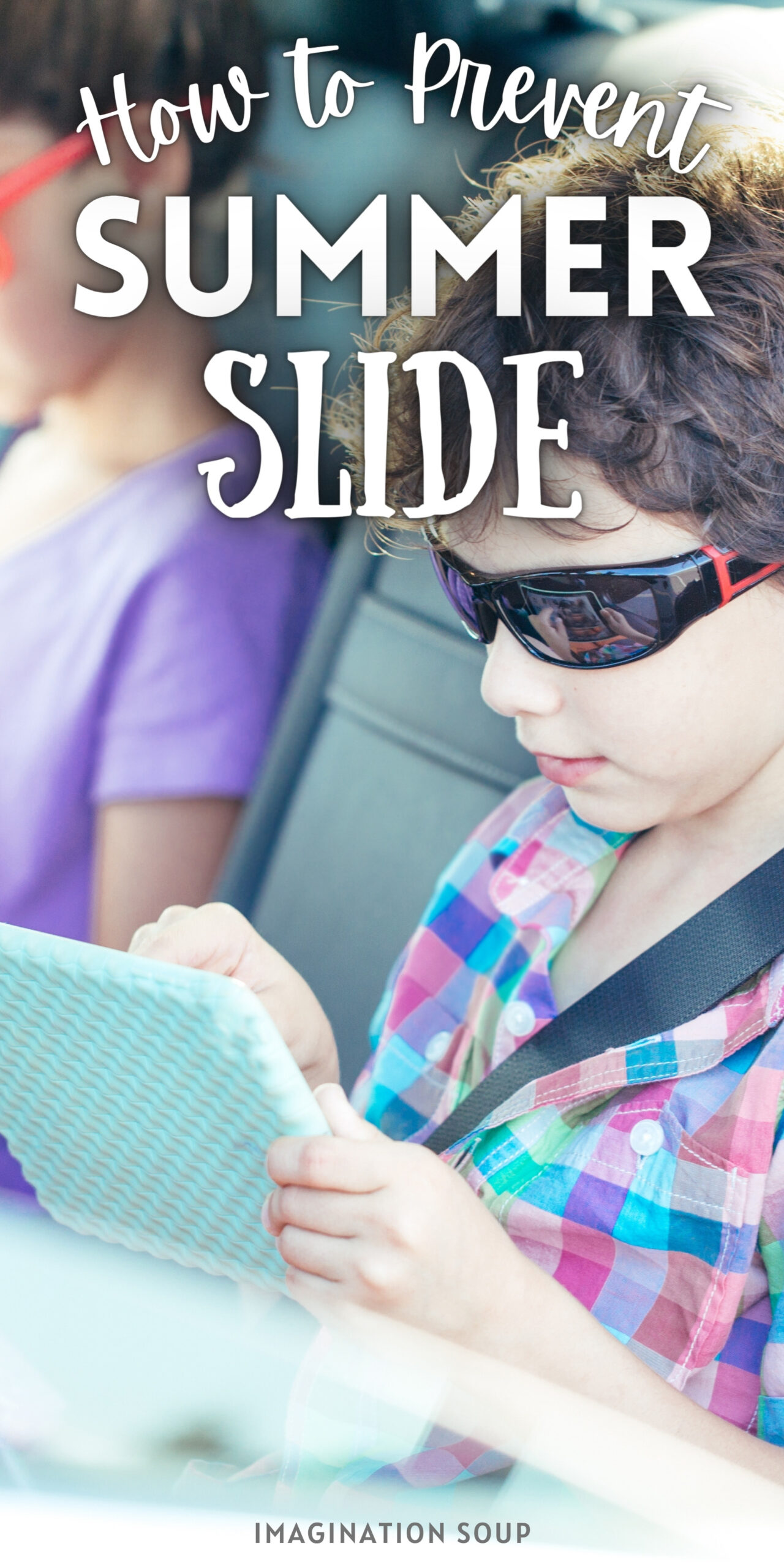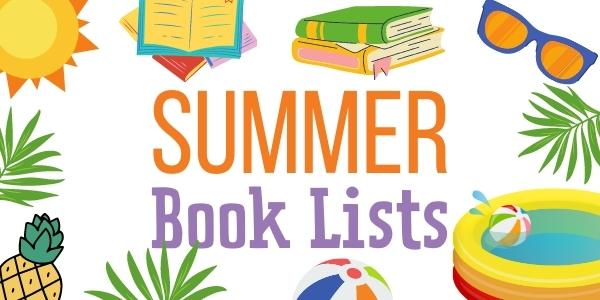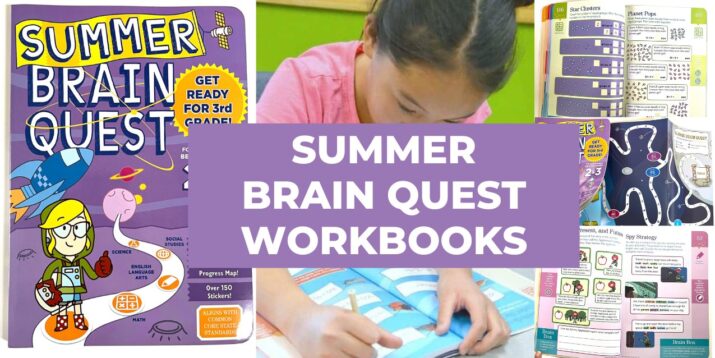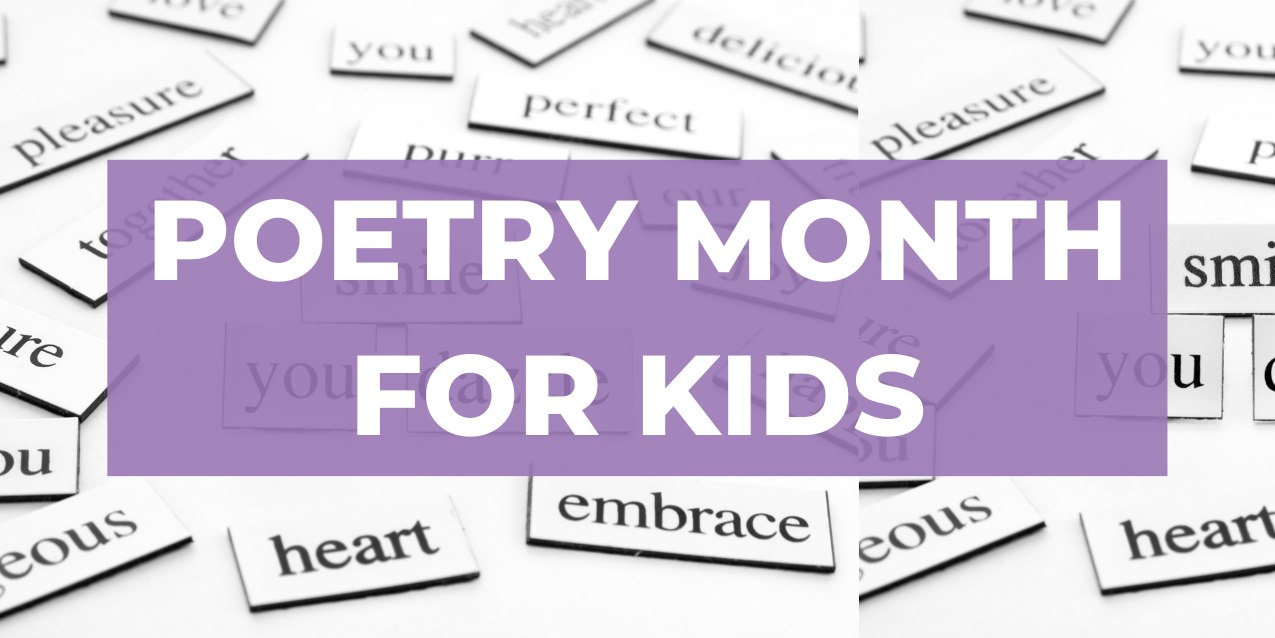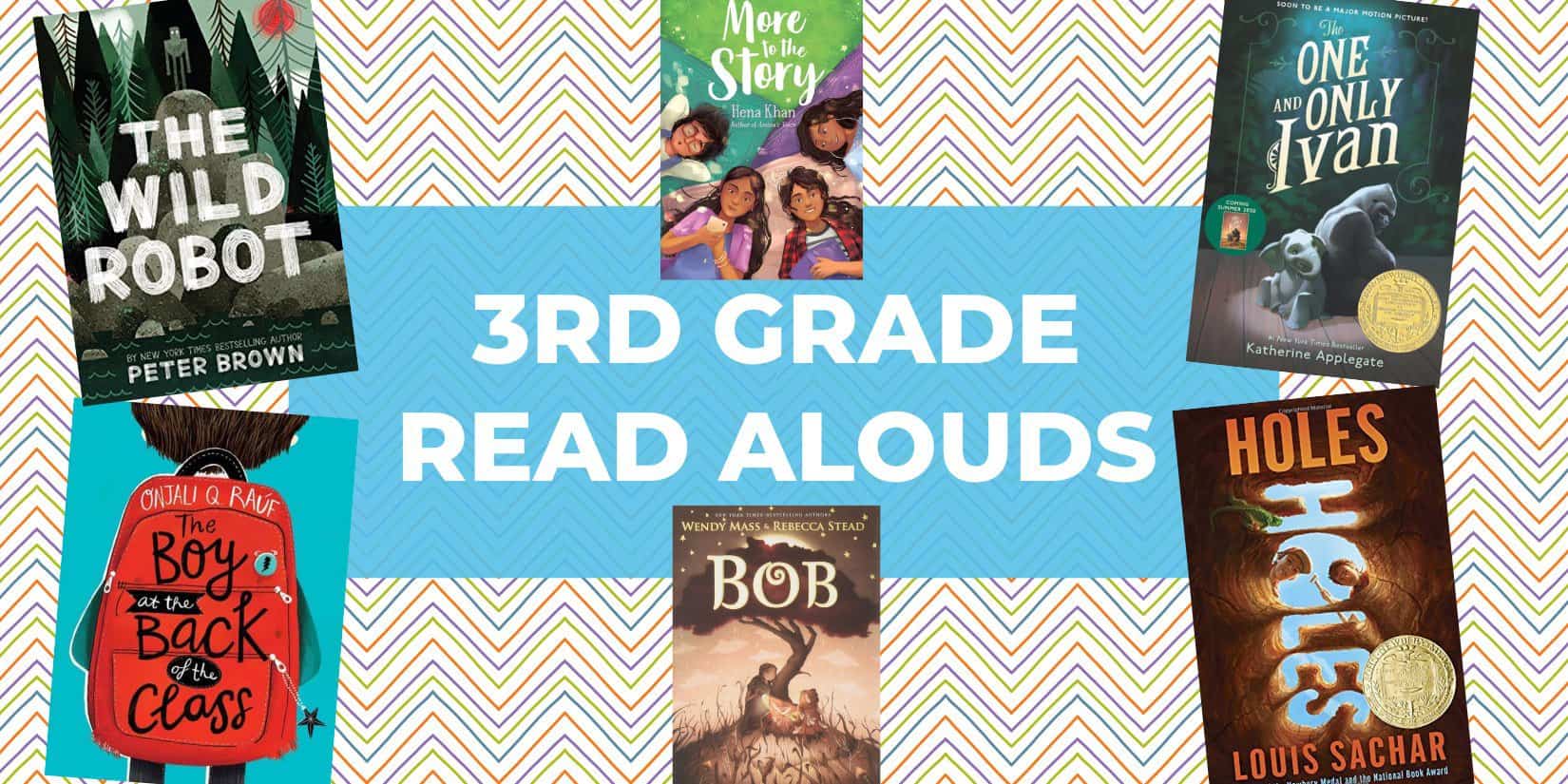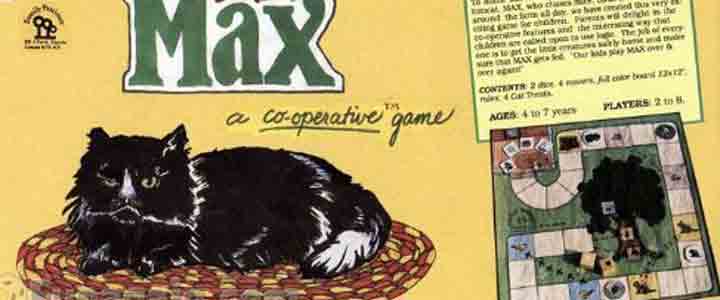How to Prevent the Summer Slide in Reading and Writing
This post may contain affiliate links.
The notorious summer slide is real. And parents need to know what they can do to help prevent it.
I’ve seen my share of those lovely line plot graphs showing growth throughout the school year and then the drop in the fall. I’ve had many conversations with students in the fall about how little reading they did over the summer.
As a teacher, I would love not to have to make up for lost ground at the start of each school year.
So, what can you do as a parent? What can you do over the summer to keep kids from losing learning?
How to Prevent the Summer Slide in Reading and Writing
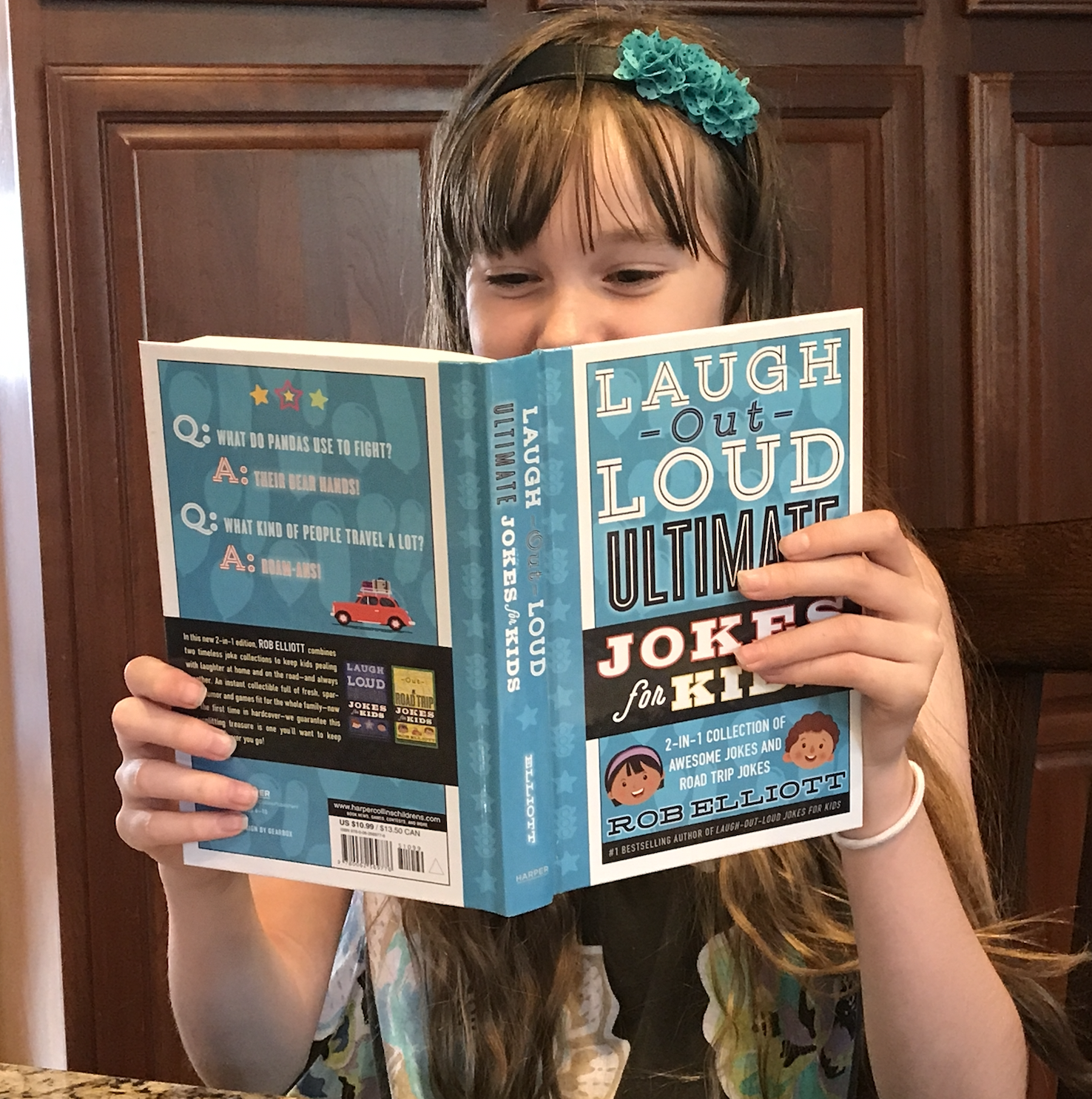
Step One: Open your mind to different definitions of reading
After the last vacation, I started my third grade reading group by asking my group of boys if they did any reading over vacation. They all said “No.”
Then I asked, “Well, did you read when you played video games?”
Their hands all shot up. “Did you read the back of a cereal box at breakfast? Did you read a menu? Did you read a magazine or a graphic novel? Street signs?”
Their hands kept going up. “That’s reading, boys!” I said.
It was as though a weight was lifted off them when they realized my definition of reading wasn’t limited to fiction books.
So many times, we have this vision of what reading should be. It should be a big book that takes hours to read, preferably a fictional chapter book. But that’s not a fair vision, especially for struggling readers who are still building their reading stamina. I’m not saying that reading the directions on Minecraft has the same value as reading books with chapters. But, I would rather that a child read in short, pleasurable bursts with a purpose than feel frustrated and overwhelmed by feeling like they have to sit and read for hours at a time.
Actually, I was one of those children who sat and read for hours. But, we need to allow children to see themselves as readers, even if their definition doesn’t fit nicely into our preconceived notions.
What is our goal as parents and teachers? To instill the love of reading and to make sure children can read to inform themselves about the world. Let’s not get so caught up on the means to the end.

So what does this look like?
Stock your home with a variety of reading options! Magazines, short stories, comic books, graphic novels, and so on. Encourage your child to read throughout the day to gather information for a purpose. Look at menus, read signs, travel brochures, maps, etc.
Step Two: Make sure children have access to reading that is at their level
The best material for children to read over the summer is written at a level that they can read independently with minimal errors. What does that mean? An independent reading level of text is one that your child can read with greater than 95% accuracy. They can comprehend it well. They can decode the majority of the words on sight and sound out the rest. As a parent, you can quickly gauge this by having them read to you. If they struggle with more than 1 out of 10 words then the text is too challenging for them and will only lead to frustration or reinforce negative habits.
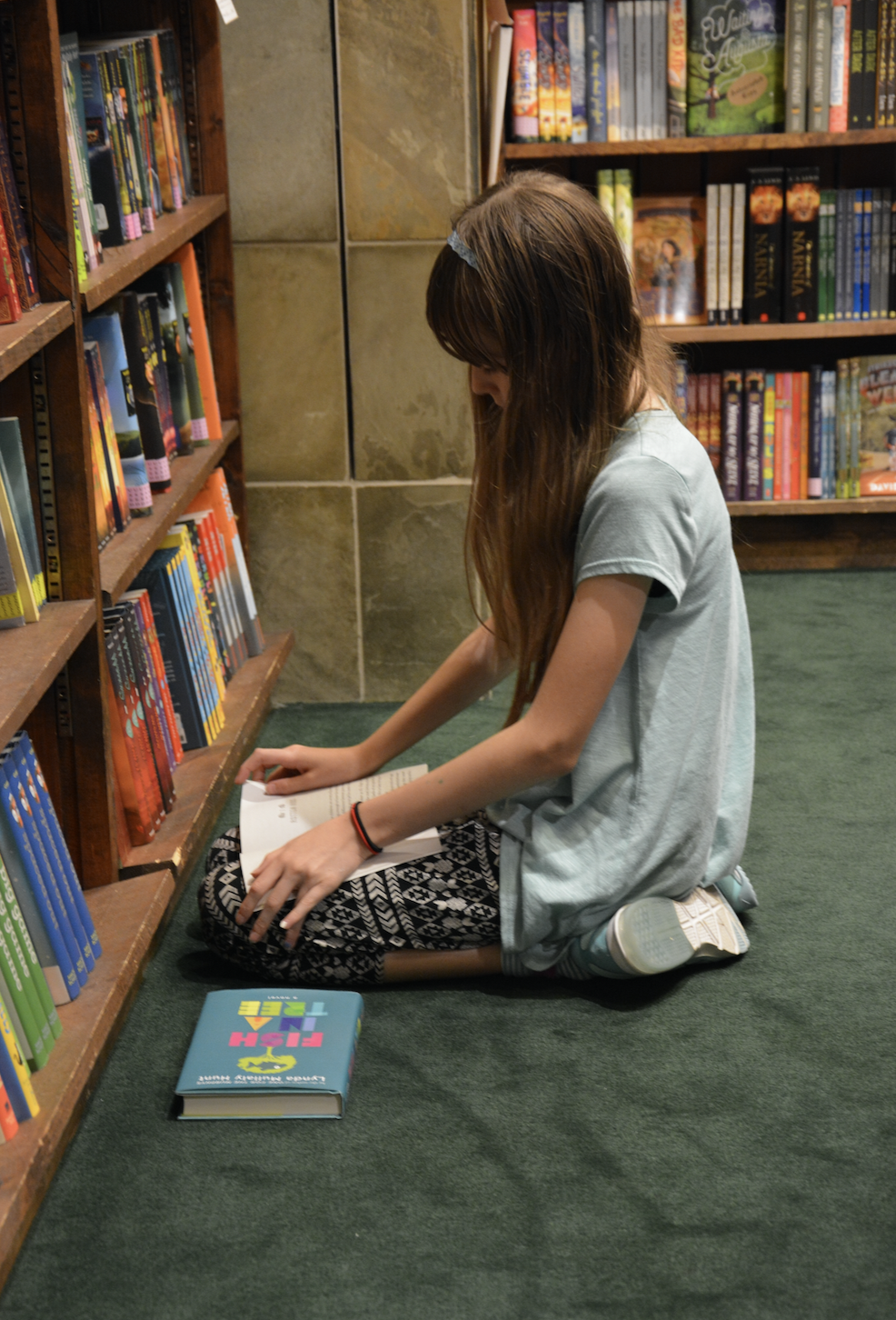
Here are a few suggestions for online resources with free amazing decodable books. The goal of summer reading is to sustain all your child’s growth, not to frustrate them or fill them with dread. I hope that these websites fill that requirement!
Half-Pint Kids
This is a great website with so many free resources, including books to read, activity pages, etc.
Level A is great for kids reading at the 2 and 3 letter word level, or kids who need to review those words.
Level B is great for kids who are reading four and five letter words that include blends and consonant digraphs (sh, ch, th and wh) or kids who need to review those words.
Level C is great for kids who are reading more complex blends and long vowel spellings (ai, ay, ee, ea, and so on) or for kids who need to review those words.
As you have your child read these books, if a level seems too challenging or not challenging enough, you can always try another level. Each book has great activity pages that go with them!
Fly Leaf Publishing
I love the books on this site; theyre beautiful! There are books to read with lists of words at the end of each book. And there’s “homework” with each book to reinforce concepts which adds writing and spelling along with the book your child is reading. The levels progress from simple two- and three-letter words to more complex spellings, including compound and multi-syllable words.
Specific Learning Difficulties
This is a great website out of South Australia with extremely decodable books that go in a very appropriate progression. Each book has a word list and a guide on how to use the book. And they’re fun! They’re very Australian and will introduce your child to a different culture where Aboriginal children play with kangaroos! There are 10 online book sets available. Level one begins with very short two and three-letter words. The levels progress all the way to more challenging long vowel spellings.

Step Three: Don’t forget about writing!
Just like we want to open our minds to different definitions of reading, we can do the same thing for writing! I gave my first and second-graders postcards to write over the summer. They were a hit! I had no idea they would be so popular. The great thing about postcards is they have such a little space to fill that they’re not intimidating. And kids love the idea of writing to a friend or family member.
Here are some other writing suggestions that open up the definition of writing.
- grocery shopping lists
- menus for the week
- travel itineraries
- summer wish lists
- a book of jokes
- scrapbooks
- Mad Libs
- Hangman
Change children’s writing materials to make writing more fun!
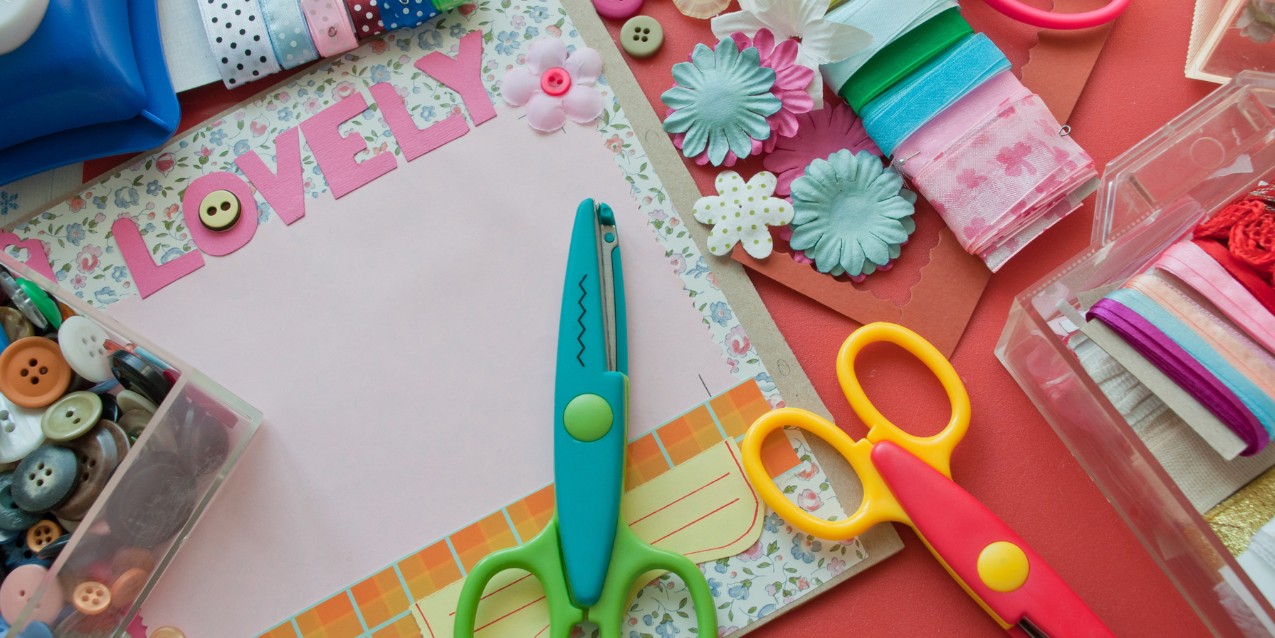
Instead of big, intimidating, boring lined paper, consider Post-Its, index cards, and construction paper.
Instead of plain pencils and pens, consider markers, crayons, chalk, gel pens, or colored pencils.
Or, go ransom note style by having your child cut words out of newspapers and magazines and glue them to create writing.
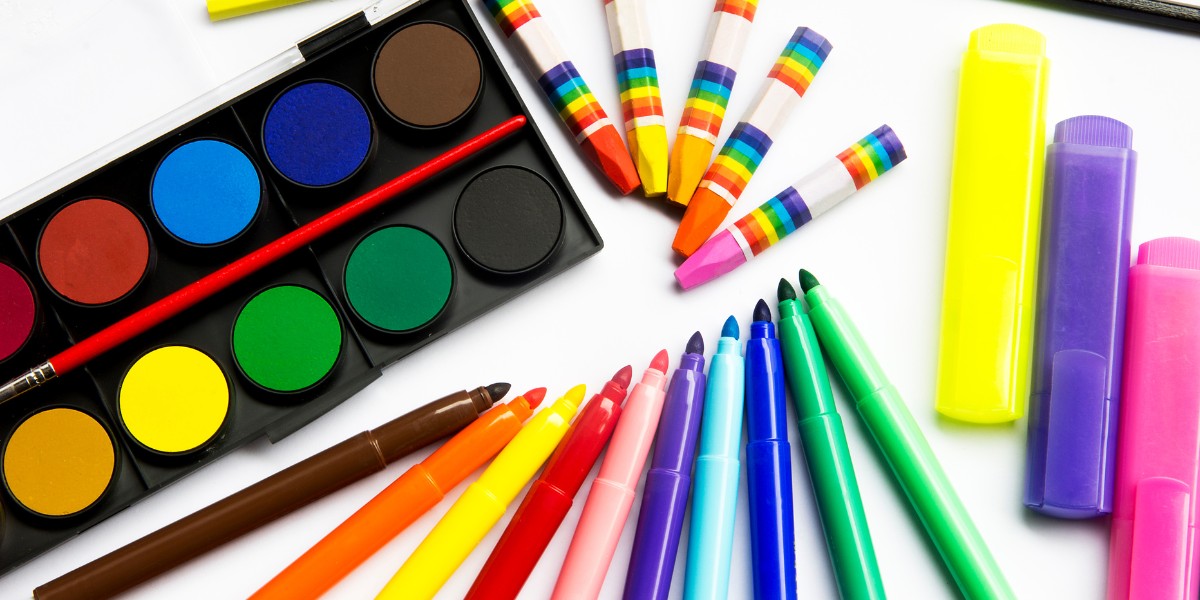
Last summer slide thoughts…
The goal of these reading and writing recommendations is to find fun, approachable ways of maintaining your child’s skills. Keep it at your child’s level. Expand your definition of reading and writing to be flexible and creative. And, most of all — enjoy!
